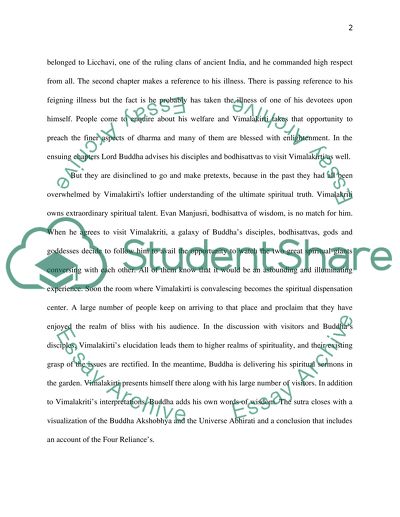Cite this document
(“Buddist Materiality and How it compares to Vimalakirti Essay”, n.d.)
Buddist Materiality and How it compares to Vimalakirti Essay. Retrieved from https://studentshare.org/history/1687535-buddist-materiality-and-how-it-compares-to-vimalakirti
Buddist Materiality and How it compares to Vimalakirti Essay. Retrieved from https://studentshare.org/history/1687535-buddist-materiality-and-how-it-compares-to-vimalakirti
(Buddist Materiality and How It Compares to Vimalakirti Essay)
Buddist Materiality and How It Compares to Vimalakirti Essay. https://studentshare.org/history/1687535-buddist-materiality-and-how-it-compares-to-vimalakirti.
Buddist Materiality and How It Compares to Vimalakirti Essay. https://studentshare.org/history/1687535-buddist-materiality-and-how-it-compares-to-vimalakirti.
“Buddist Materiality and How It Compares to Vimalakirti Essay”, n.d. https://studentshare.org/history/1687535-buddist-materiality-and-how-it-compares-to-vimalakirti.


